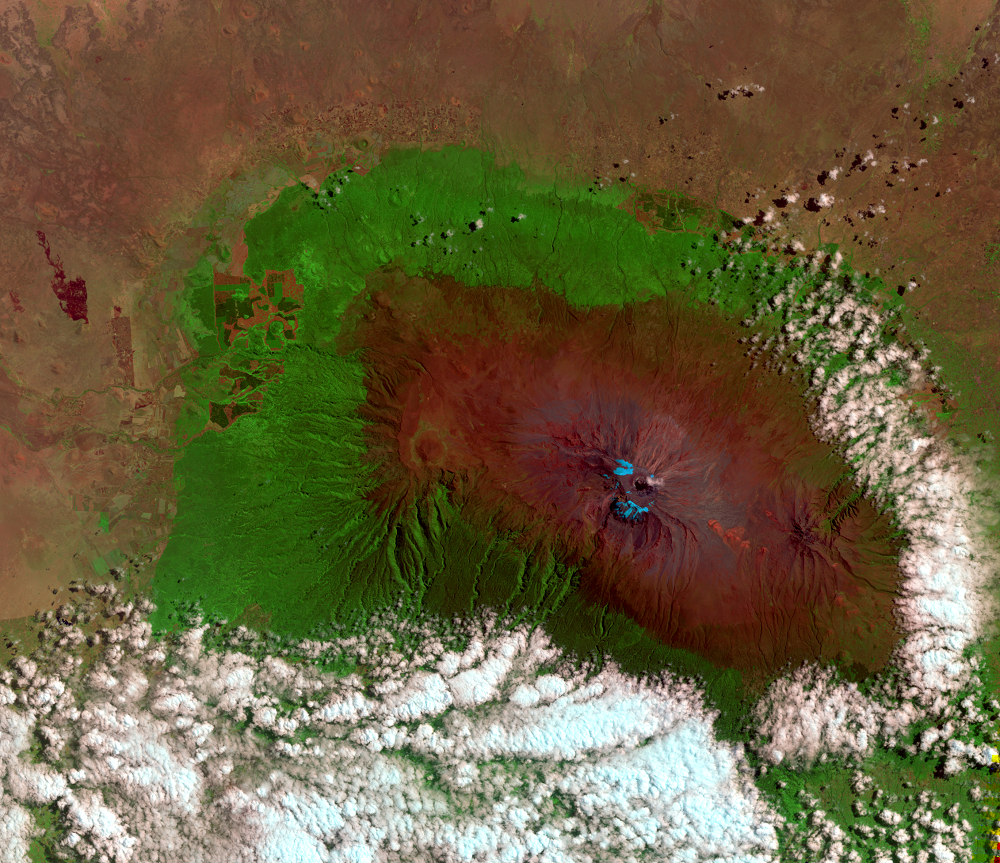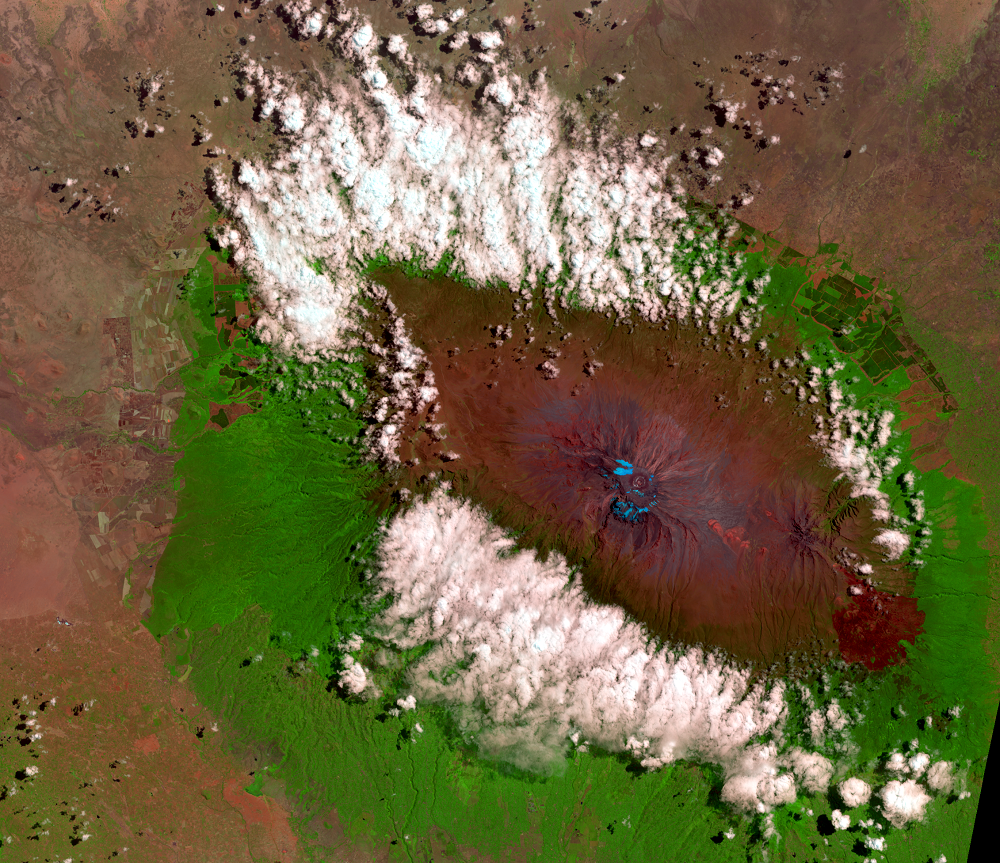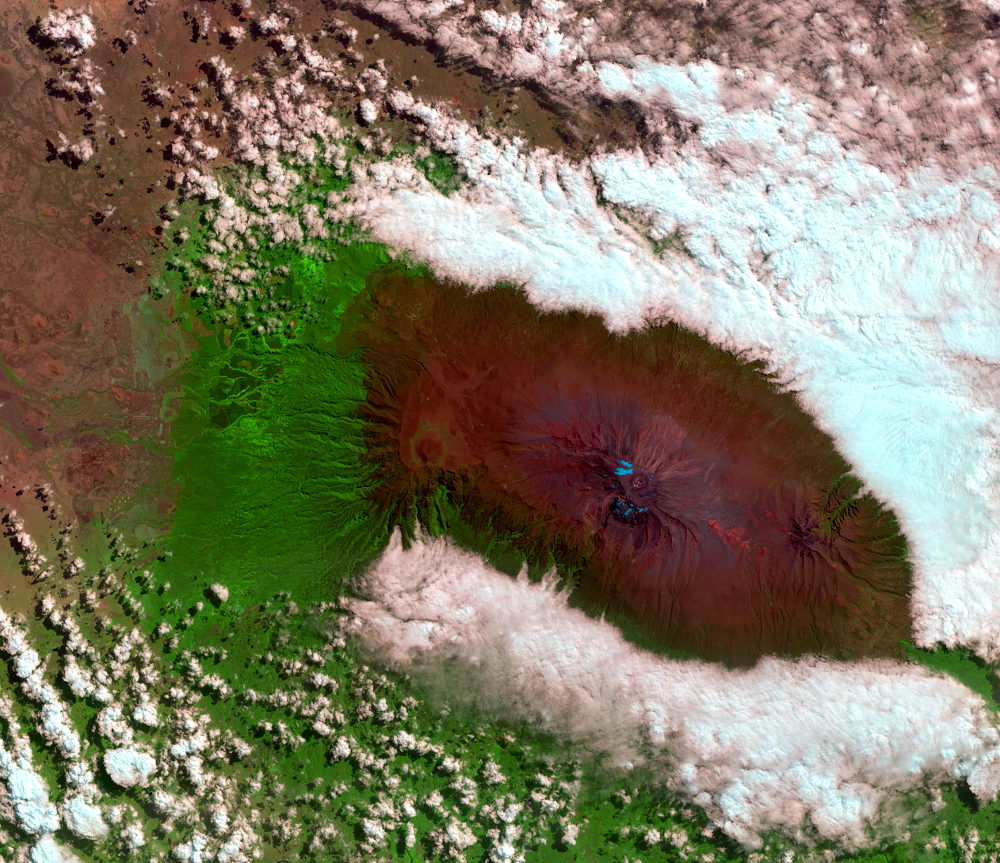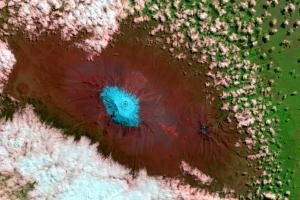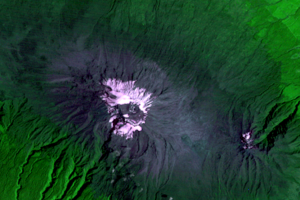Why have these glaciers been shrinking? One factor is snowfall. We don’t have weather measurements from the peak until very recently, but scientists have reconstructed a general picture. In the 1880s, the East African climate became much drier. Glaciers started shrinking, and lake levels started dropping. And since the early 1900s, at three weather stations on Kilimanjaro’s southern foothills, rainfall has decreased by 27 to 39 percent. Glaciers need fresh snow for at least two reasons: to feed them with fresh ice and to provide a bright white shield between the ice and the sun.
Sunshine can melt ice, even when the ambient air temperature is below freezing, by warming the surface of the ice. The same decrease in clouds that meant less snow for the glaciers also meant more sunshine. Even in 2000–2002, as scientists witnessed “strong melting” on Kilimanjaro, weather stations verified that the temperature never exceeded –1.6 degrees C. The glaciers’ sharp edges and vertical walls (2) (3) also suggest that the melting is from sunshine, not above-freezing air temperatures. Warm air is a “rounder,” melting evenly everywhere; sunshine is a “sharpener” that strikes selectively. Clear and cloudy seasons, solstices and equinoxes, and afternoon cloudiness all affect where the sun hits the ice.




